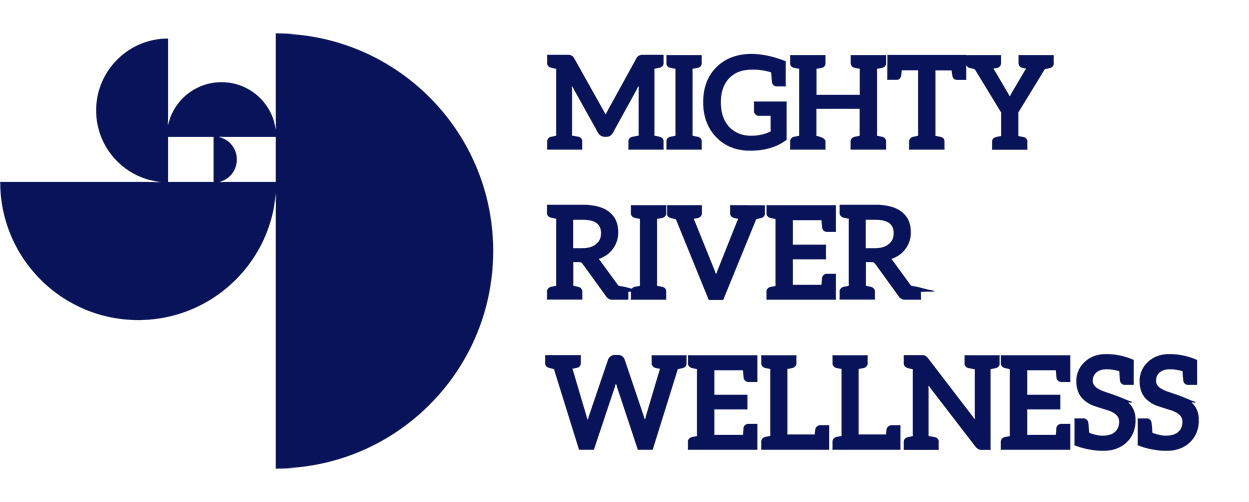Acupuncture, a popular traditional Chinese medicine technique, is generally safe when performed by certified professionals. However, like any therapy, it has potential side effects. Common experiences include dizziness, likely due to temporary blood pressure changes, and mild soreness, which should resolve quickly. Some people may feel emotional or fatigued, a reaction often linked to the release of stored stress. Bruising can also occur, especially in sensitive areas, but usually fades within days. Though these effects are typically mild, it’s important to consult a healthcare provider if symptoms are severe or persistent, ensuring a safe acupuncture experience.
Read MoreCupping therapy is celebrated for relieving pain, reducing muscle tension, and enhancing relaxation. However, proper aftercare is essential to maximize benefits and minimize side effects like bruising, fatigue, and soreness. After a session, stay hydrated to help flush out toxins, rest to support the body’s healing, and apply natural oils to soothe the skin. Avoid cold showers, strenuous exercise, caffeine, alcohol, and direct sunlight, as they may interfere with recovery. Flu-like symptoms may arise due to detoxification and usually subside within a day or two. Following these steps helps ensure a comfortable and effective recovery, allowing you to enjoy the full benefits of cupping therapy.
Read MoreAcupuncture, a therapeutic practice from ancient China, has helped people for over 2,500 years by targeting specific points on the body to encourage healing and relieve various ailments. Today, acupuncture is practiced in many forms, each with unique techniques and benefits. This guide dives into the primary styles and approaches to acupuncture—from Traditional Chinese Acupuncture (TCM) to modern adaptations like medical acupuncture—and covers techniques such as electroacupuncture, needleless acupuncture, and more. Explore which acupuncture style might best suit your wellness goals and learn how this time-tested practice continues to support health and balance worldwide.
Read MoreDiscovering a breech baby can complicate childbirth, often leading to a C-section. Moxibustion, a traditional Chinese medicine technique involving the burning of mugwort near specific points on the body, offers a non-invasive alternative to encourage the baby to turn head-down. This article explores the process, effectiveness, and safety of moxibustion, backed by current research. While some studies show promising results, further research is needed. Expectant parents are advised to consult healthcare providers and qualified practitioners before considering moxibustion as a treatment for breech pregnancies.
Read More


